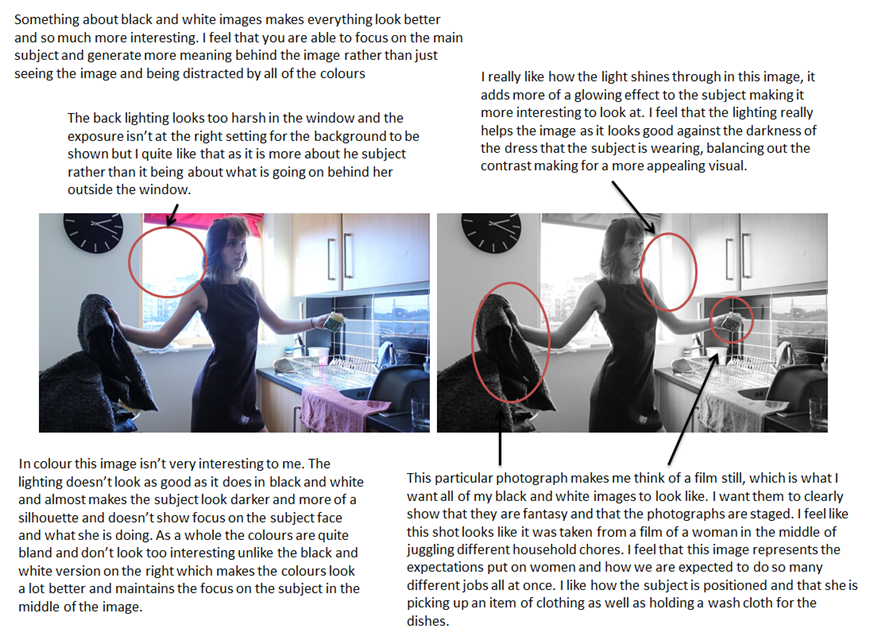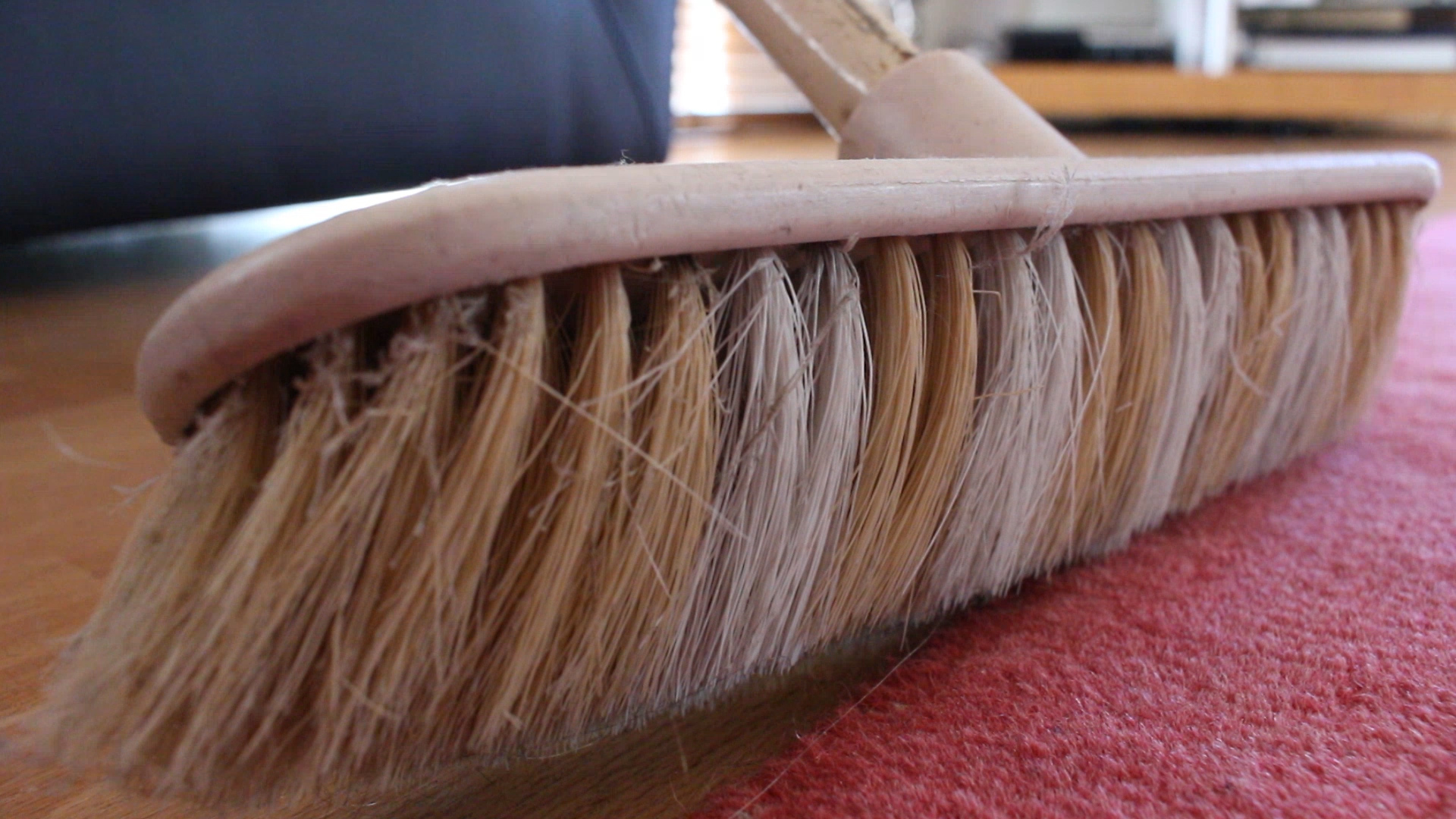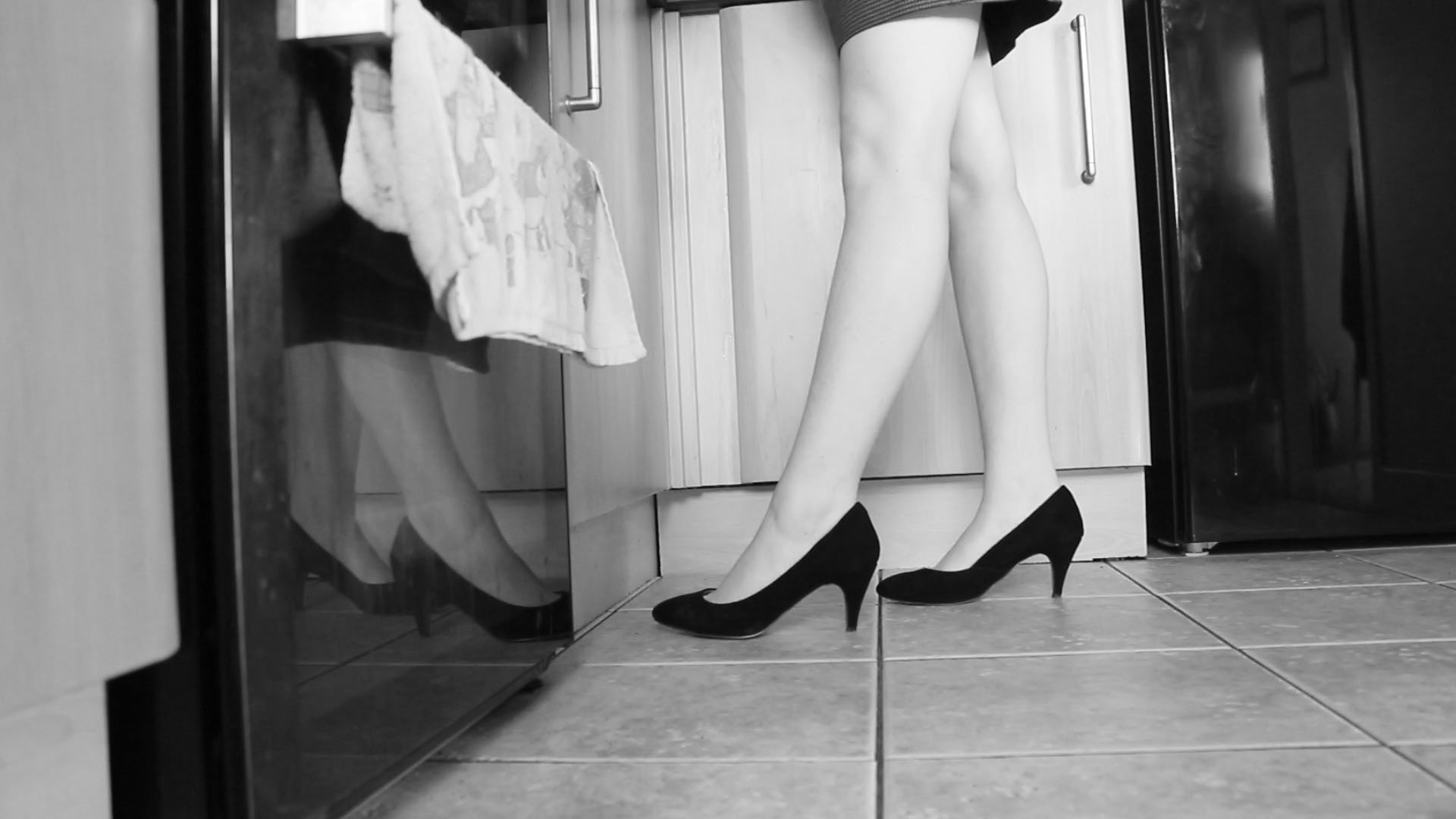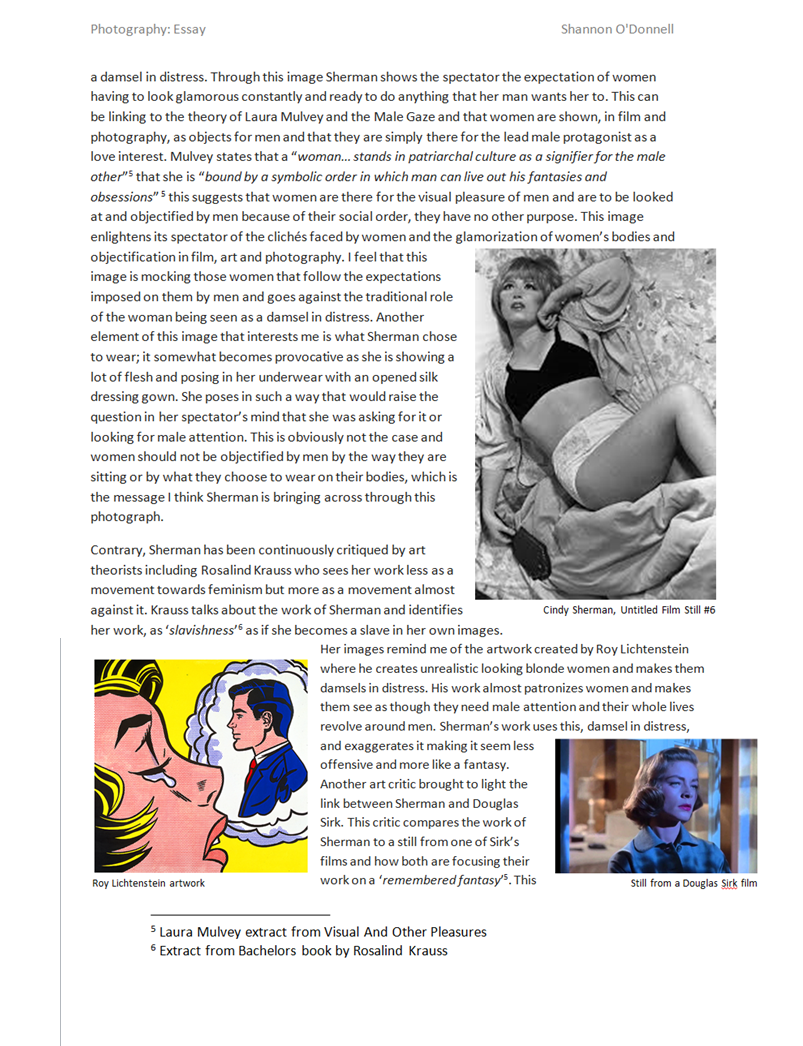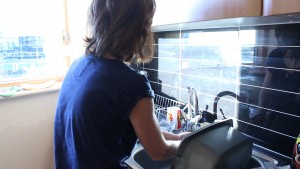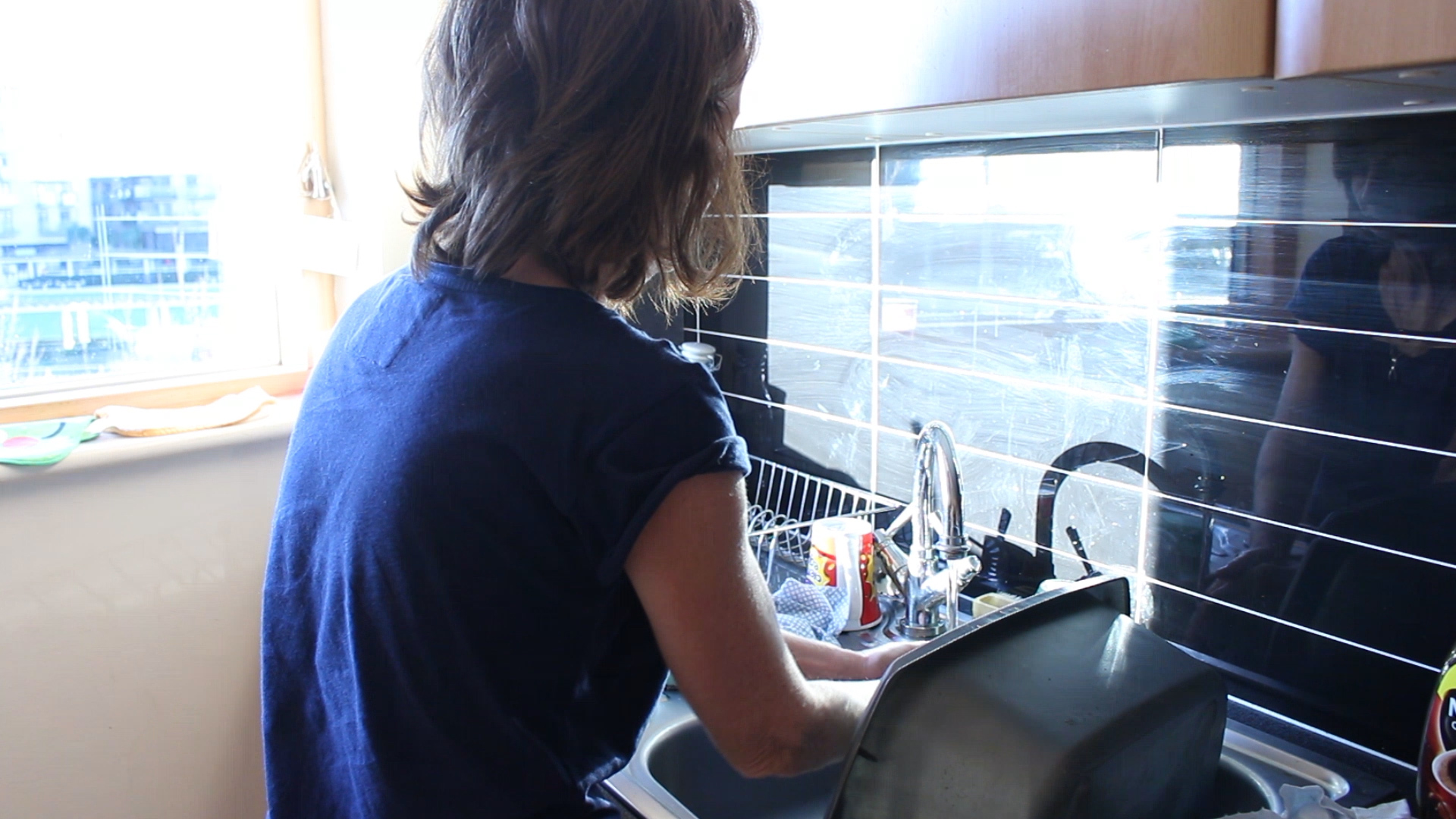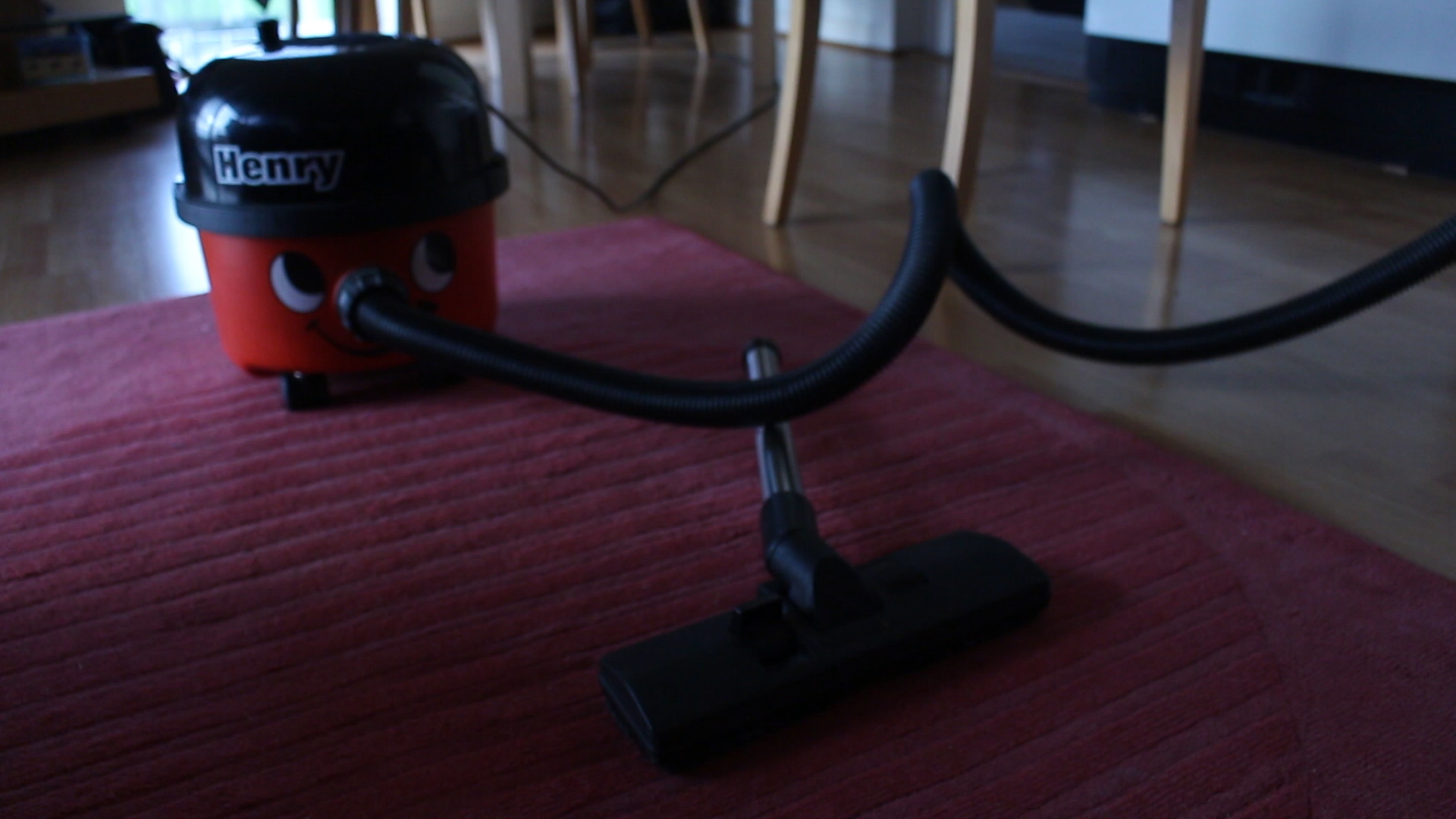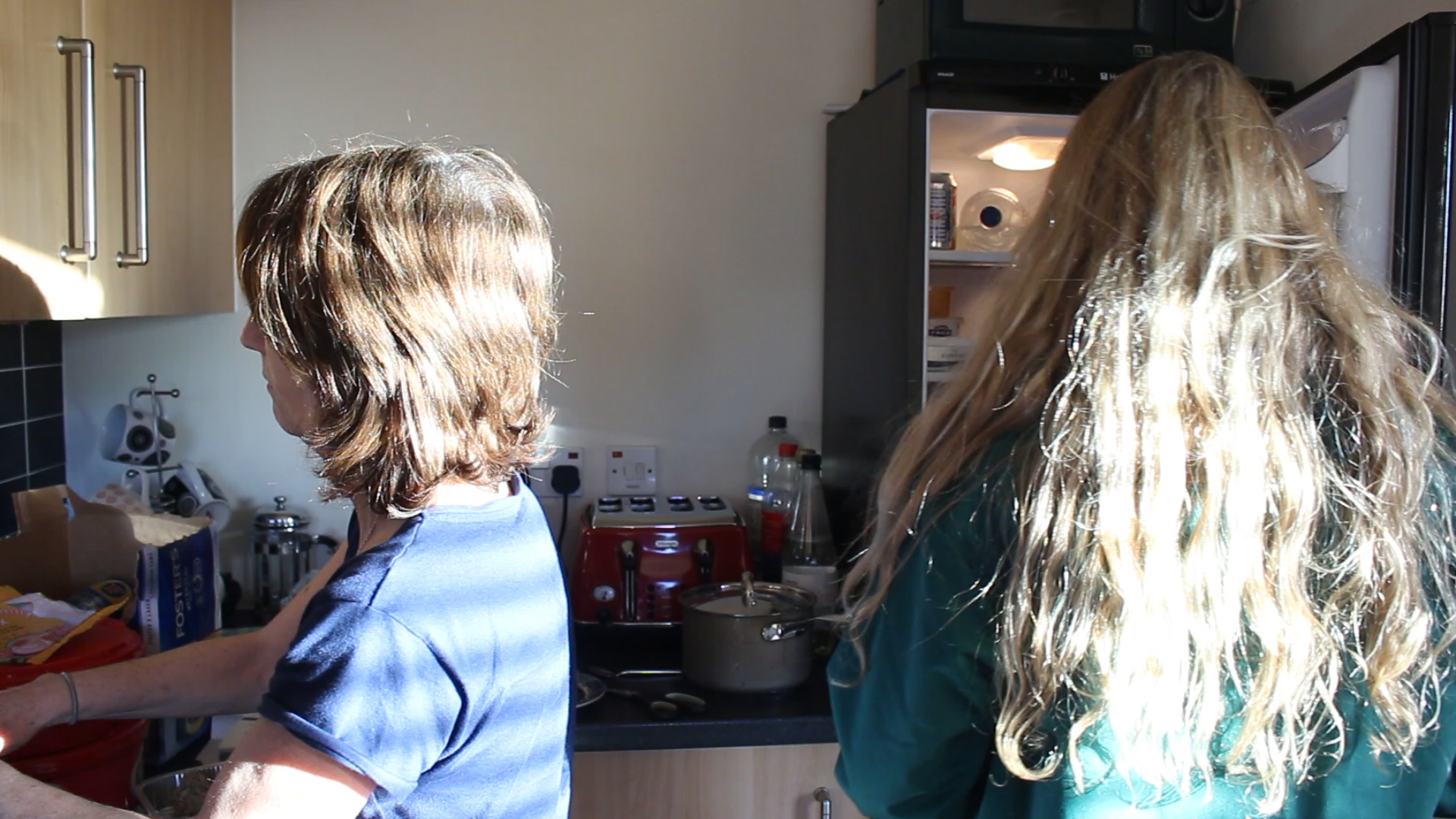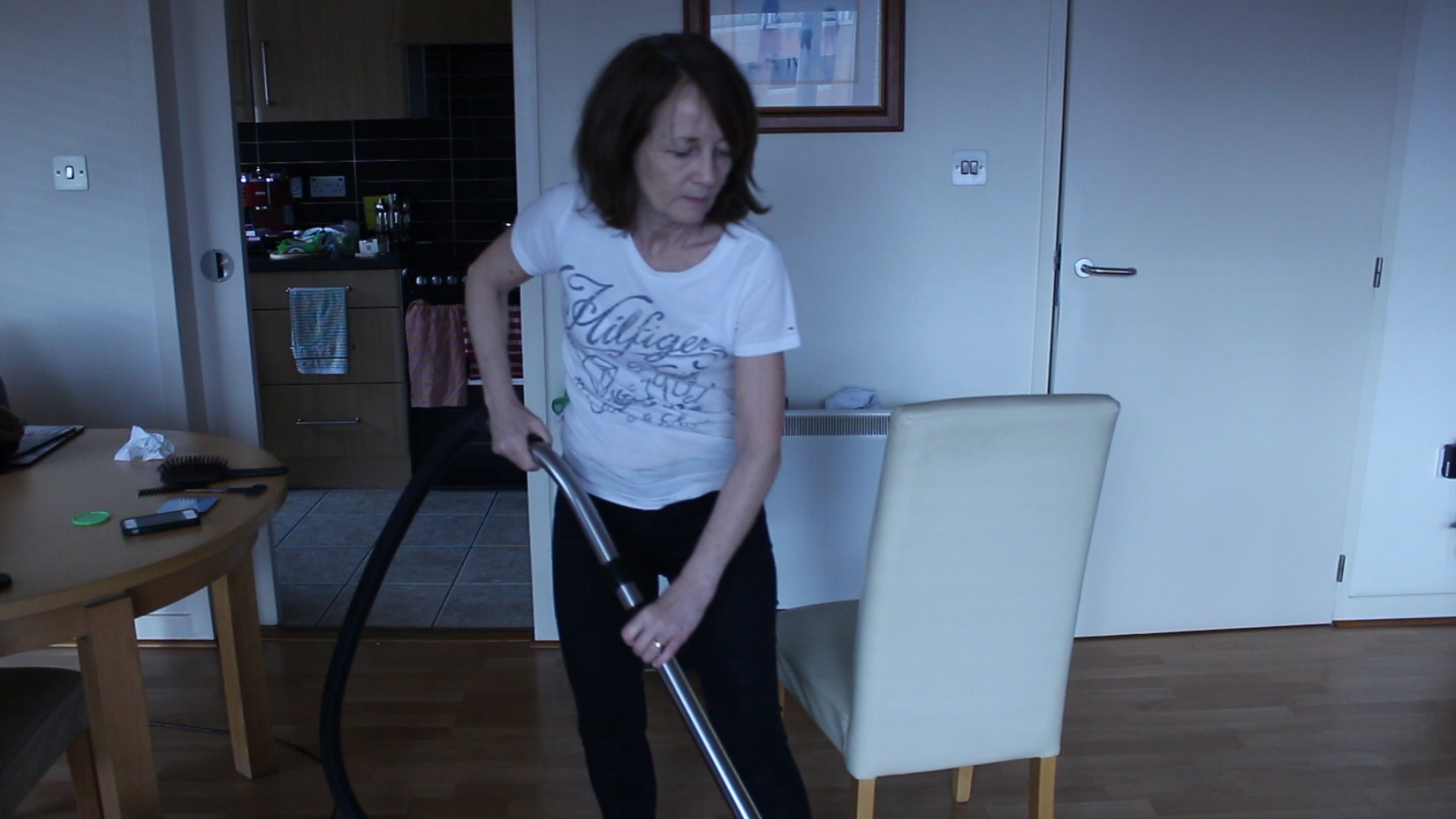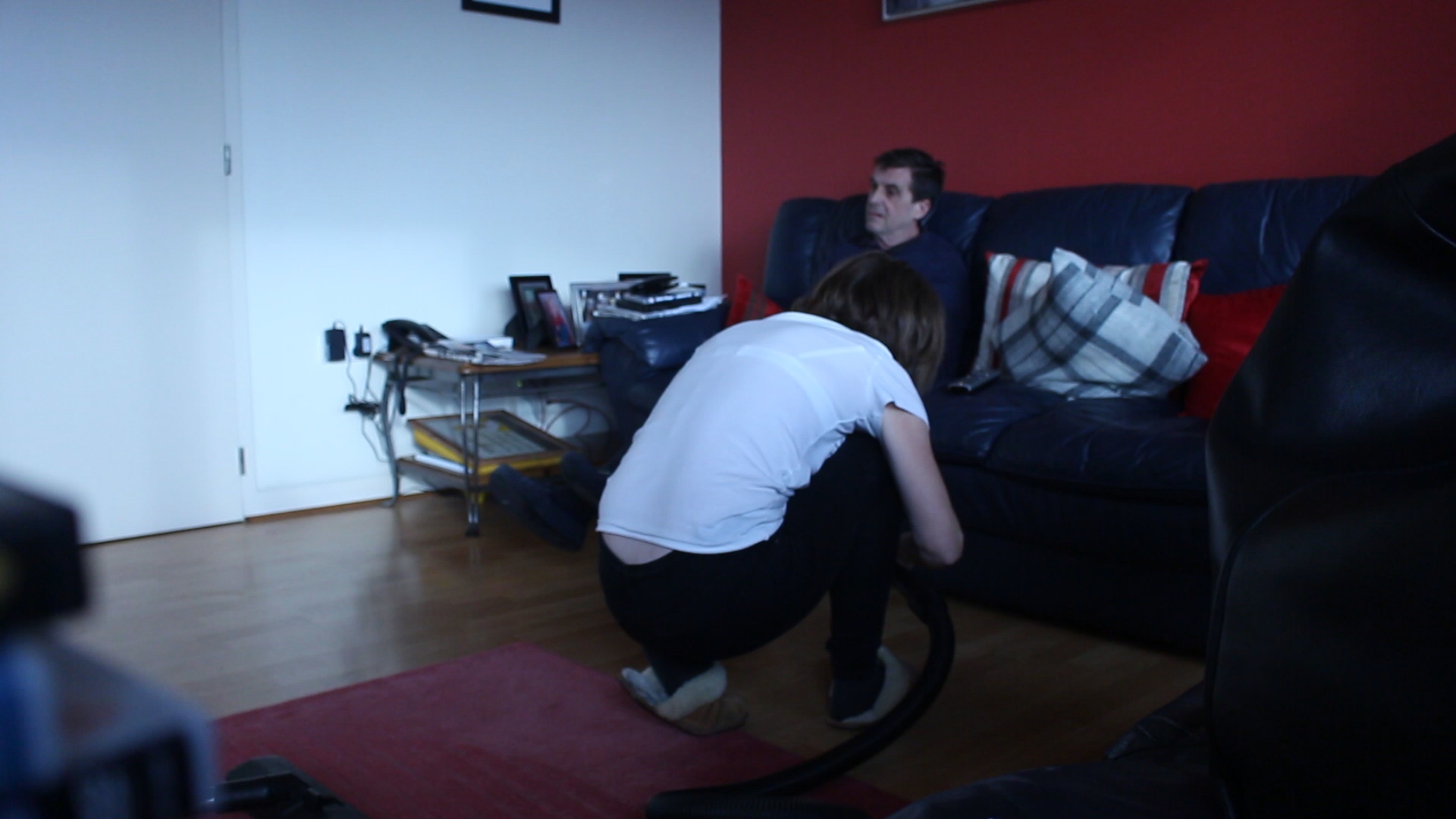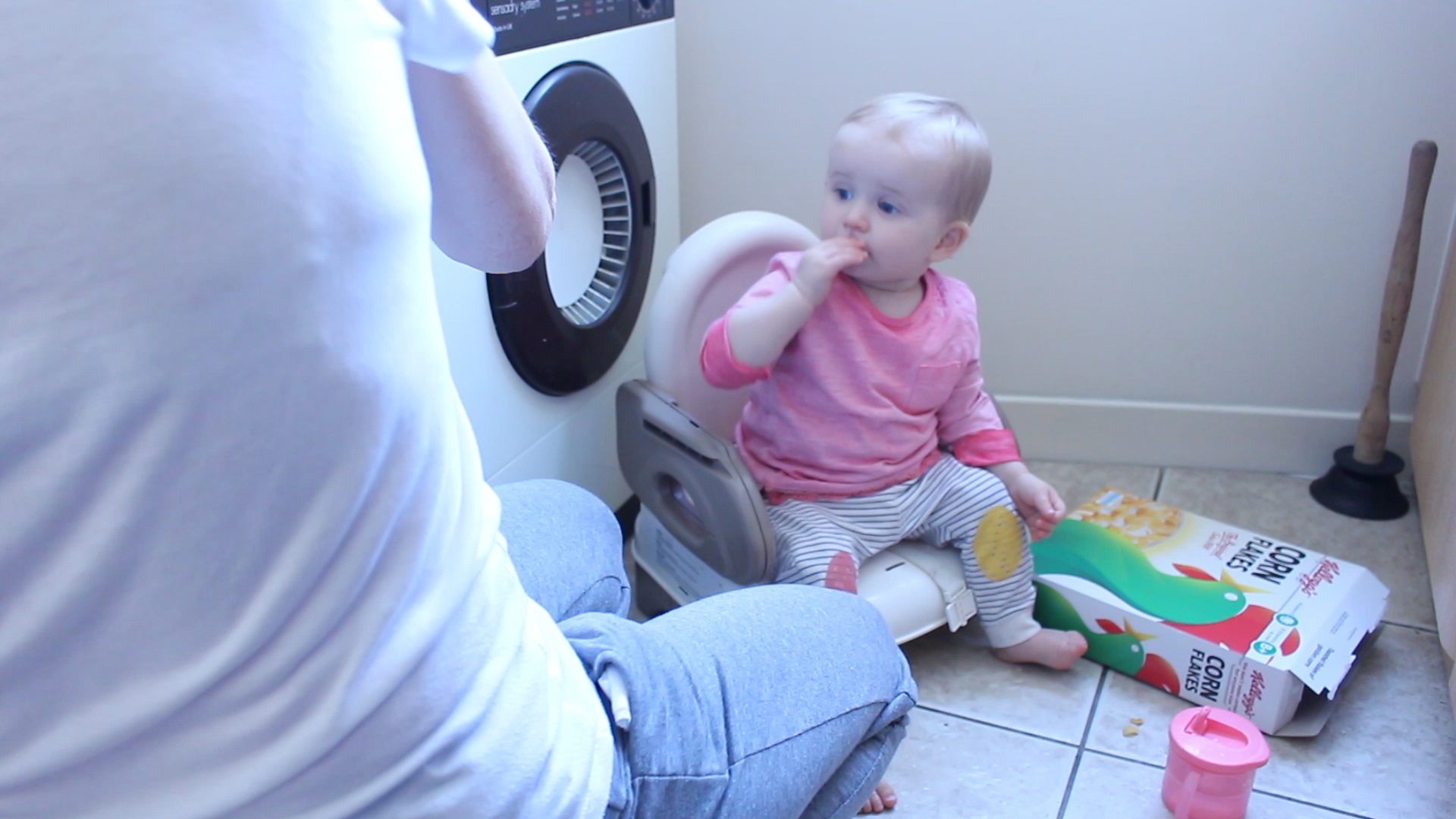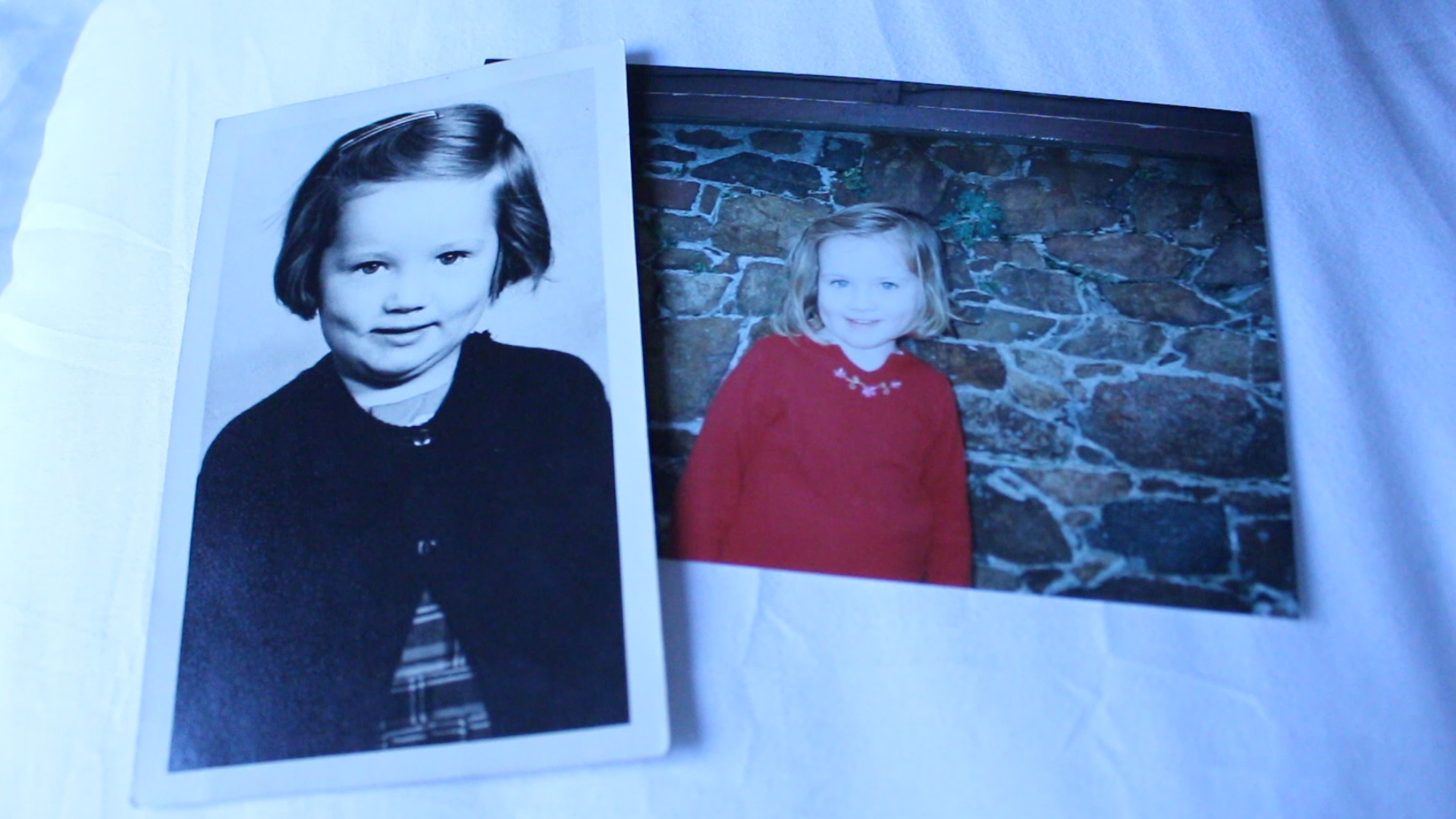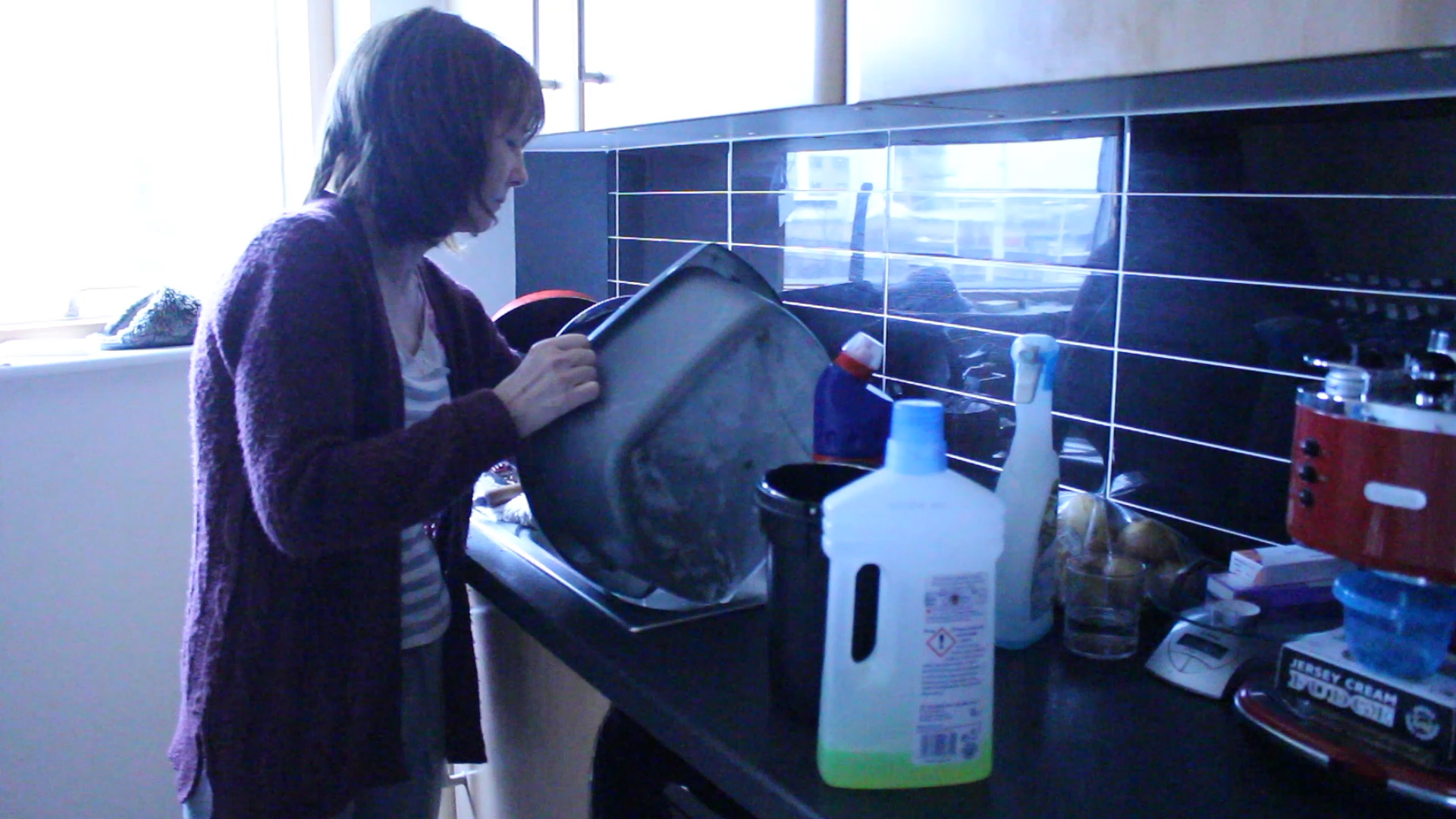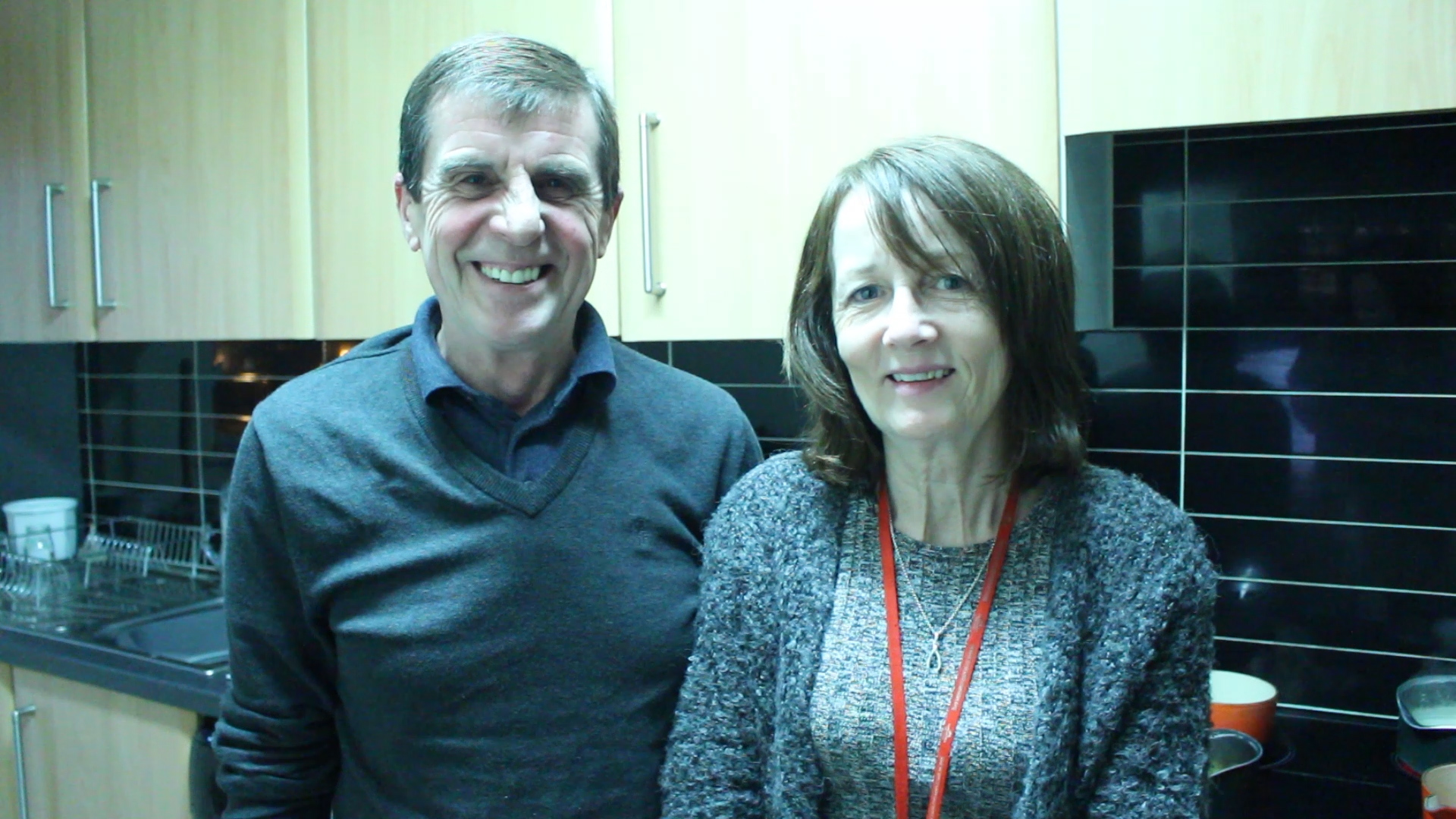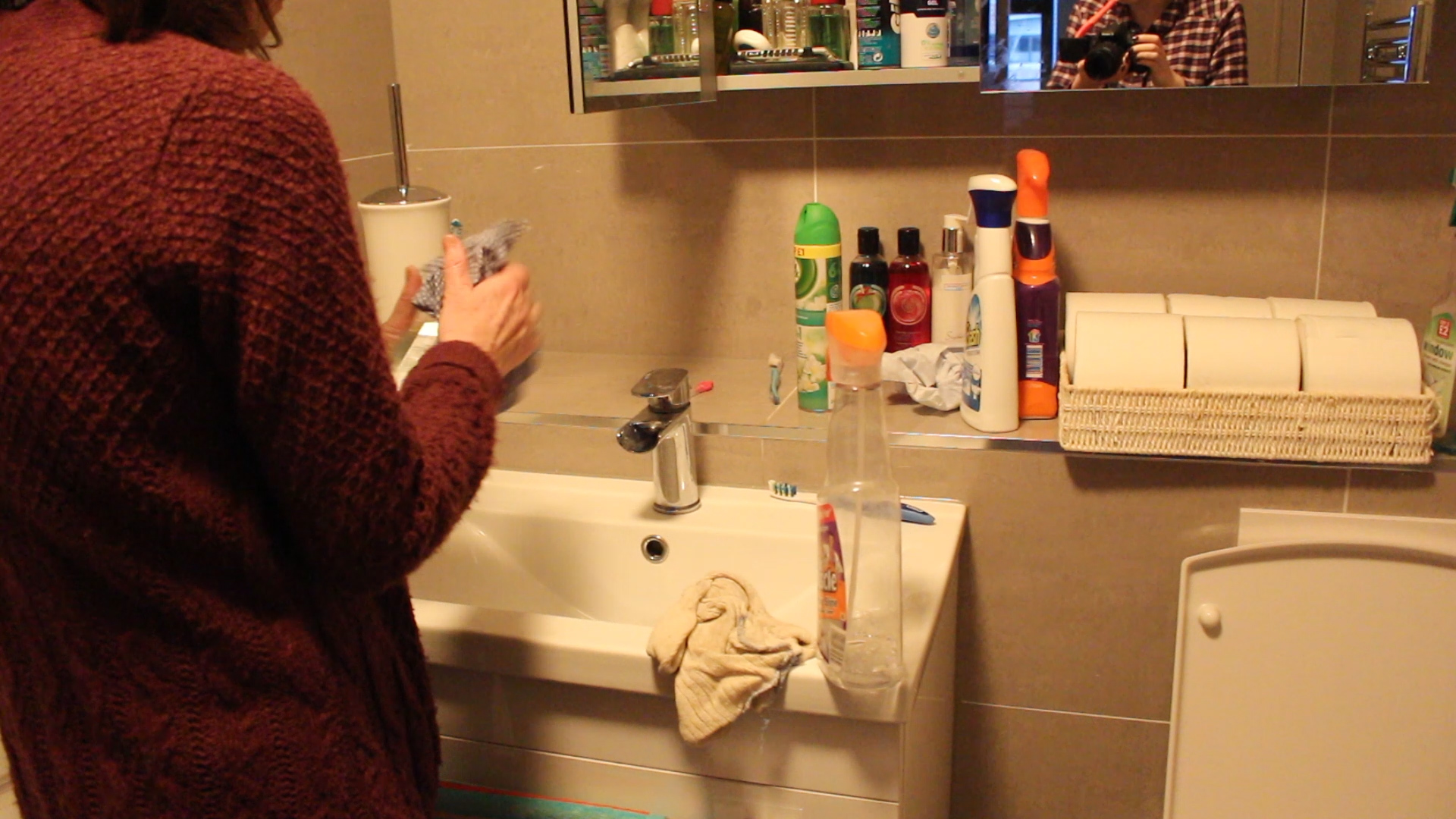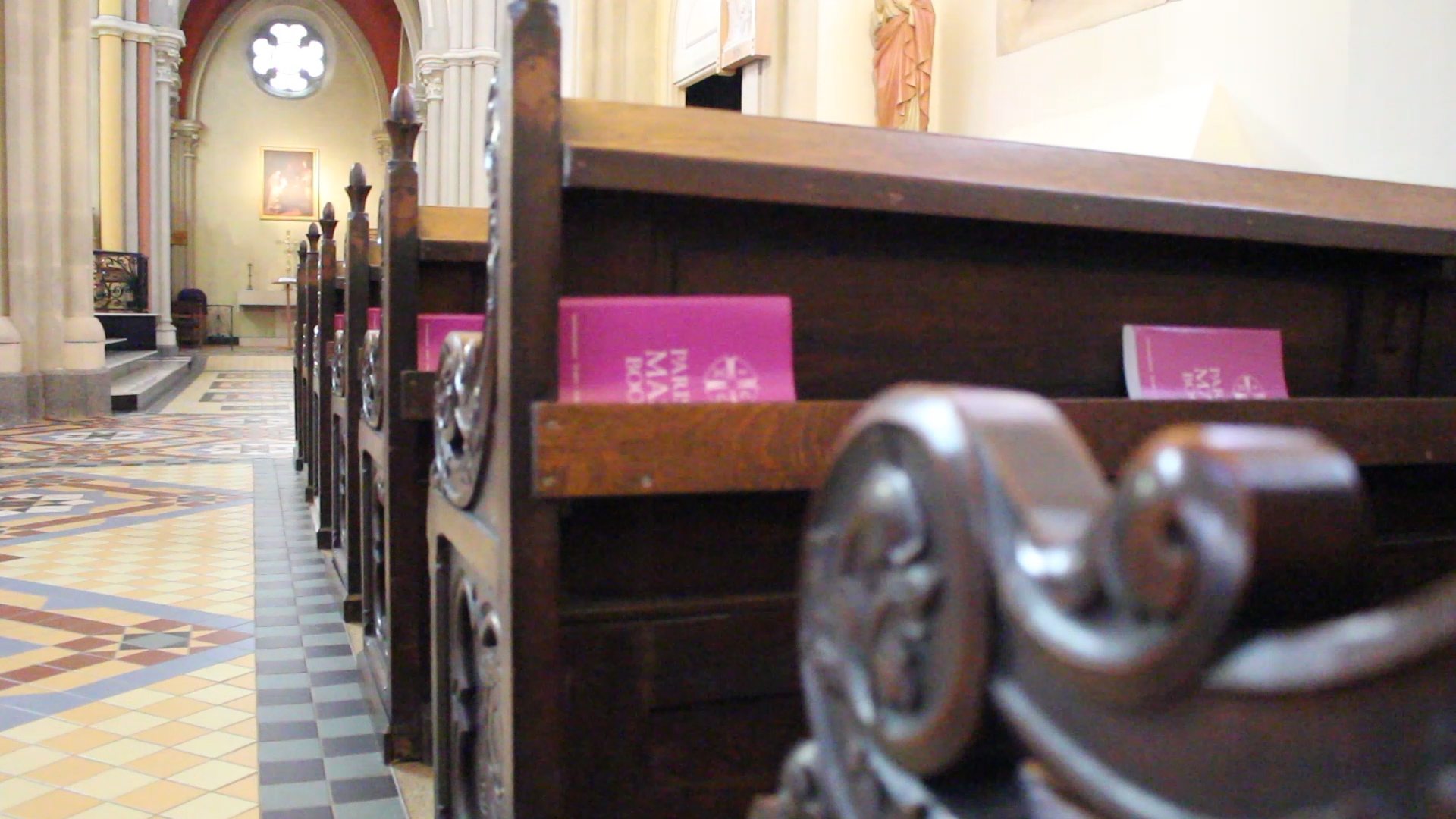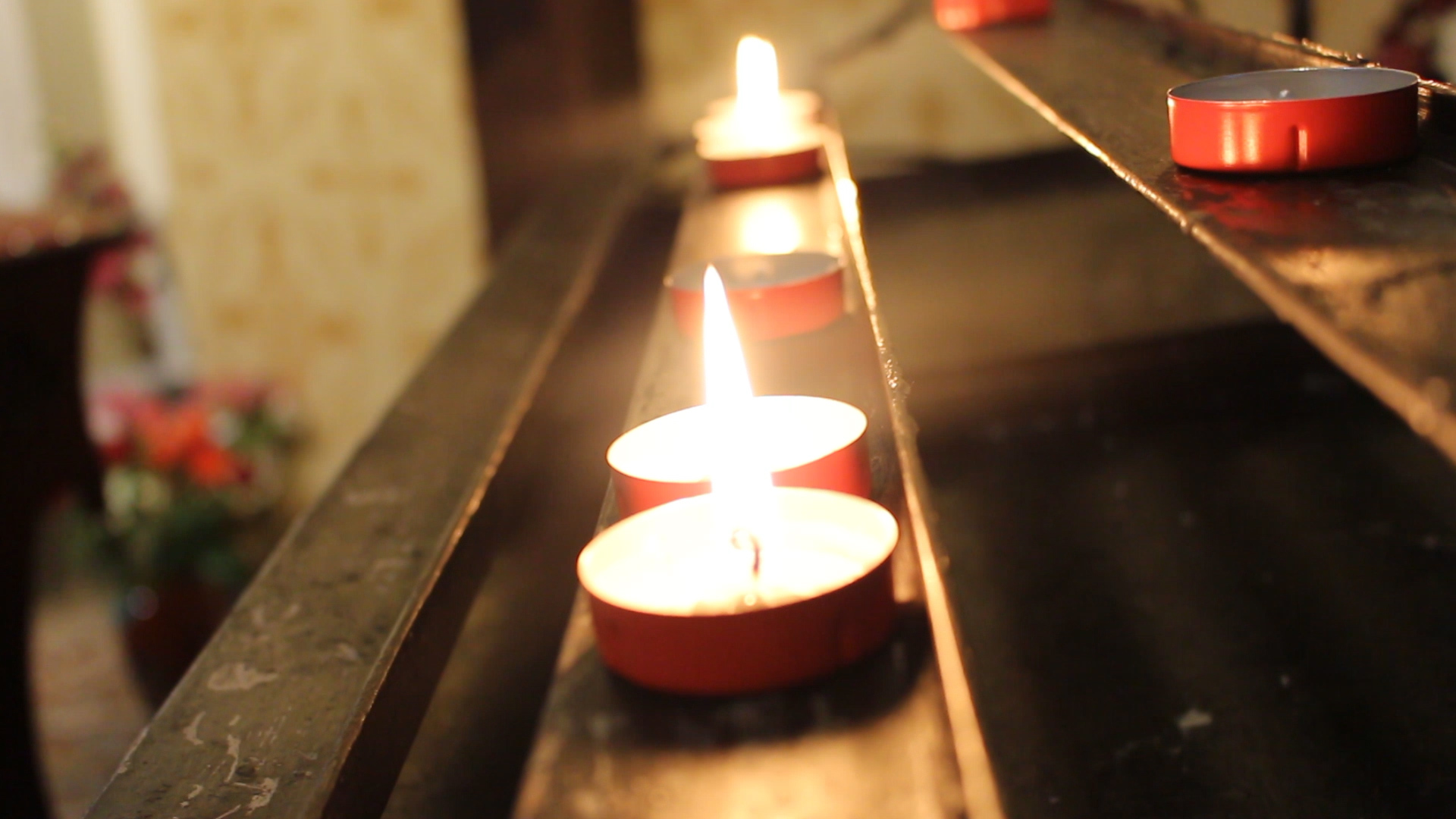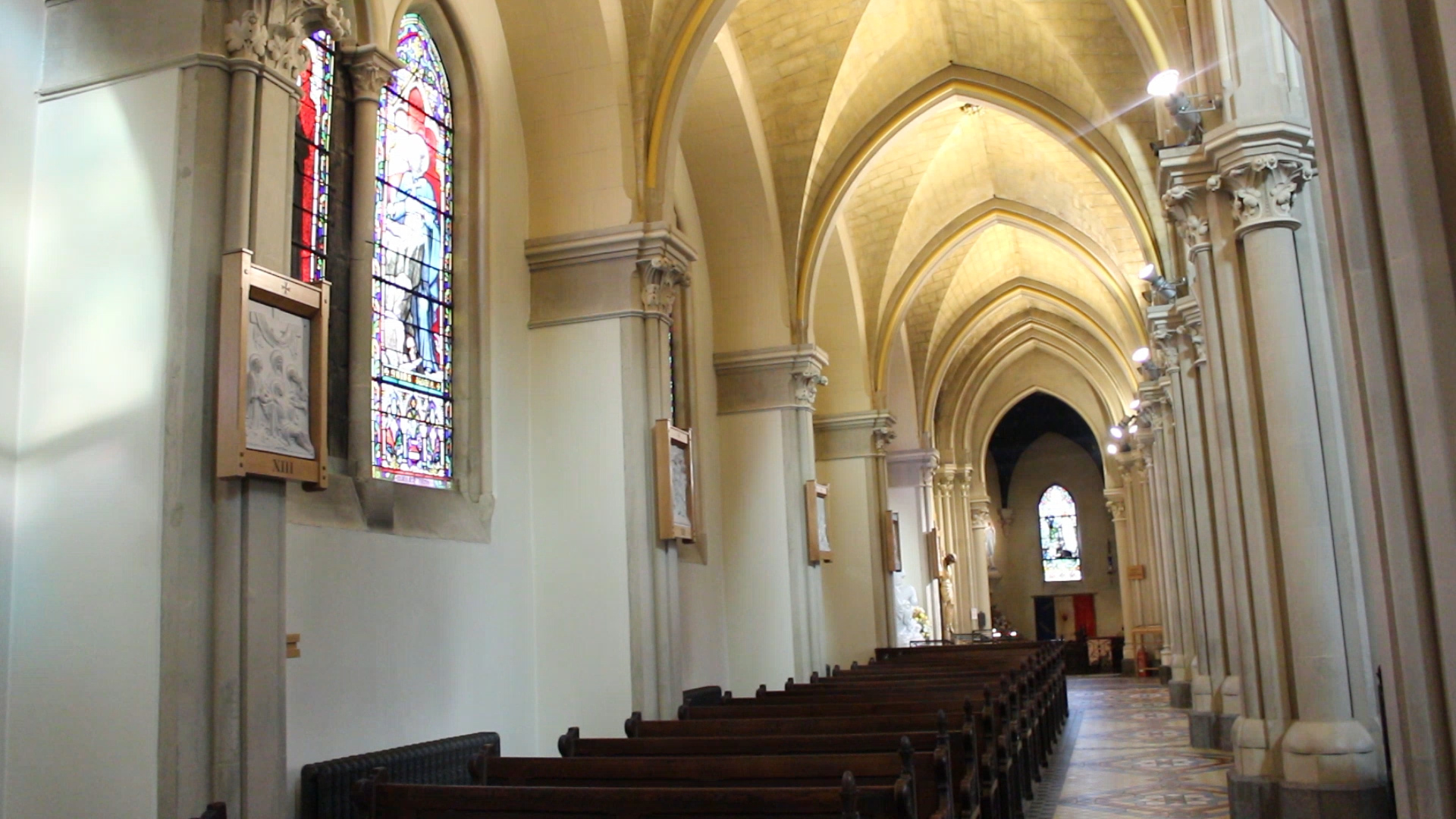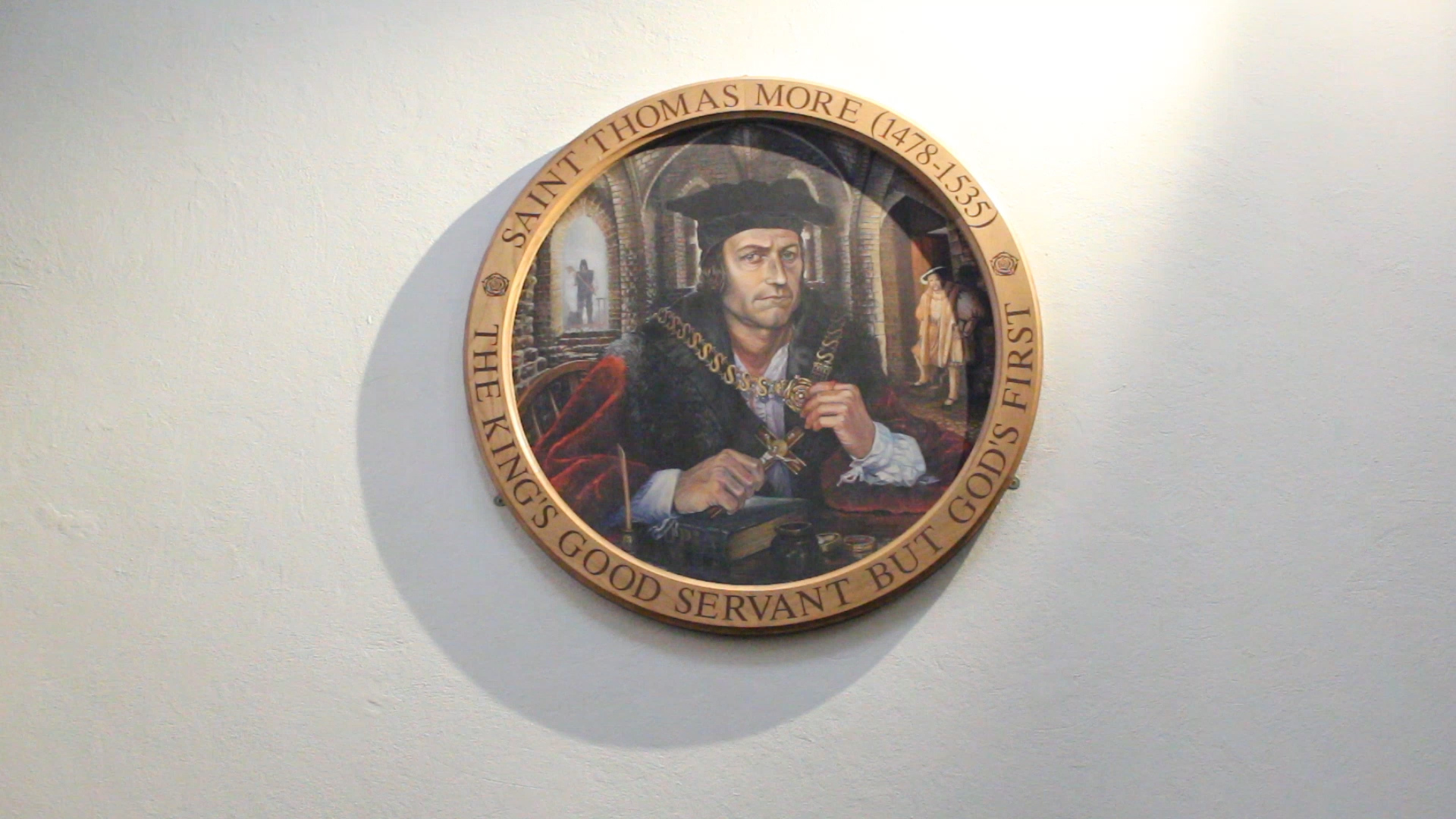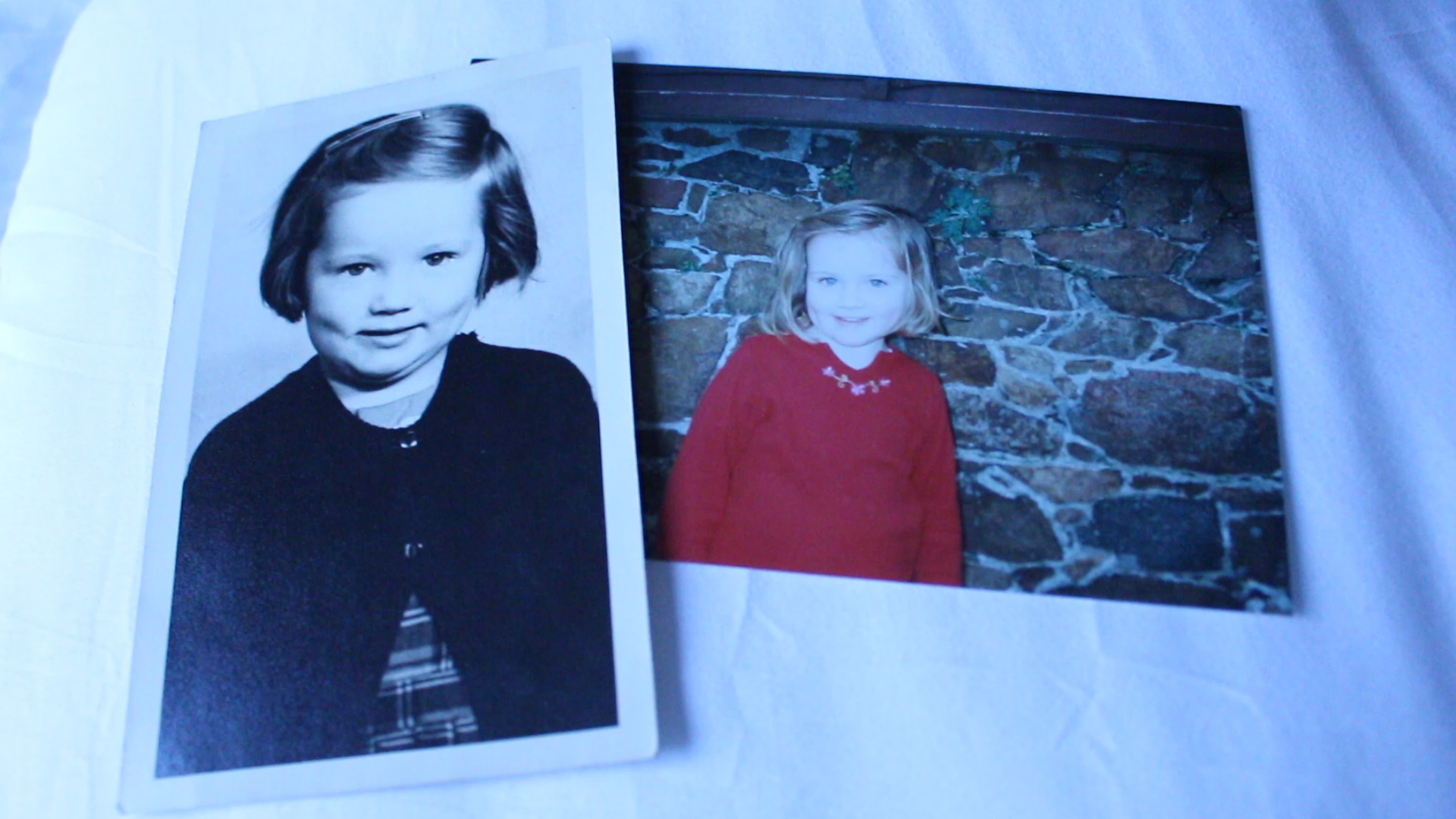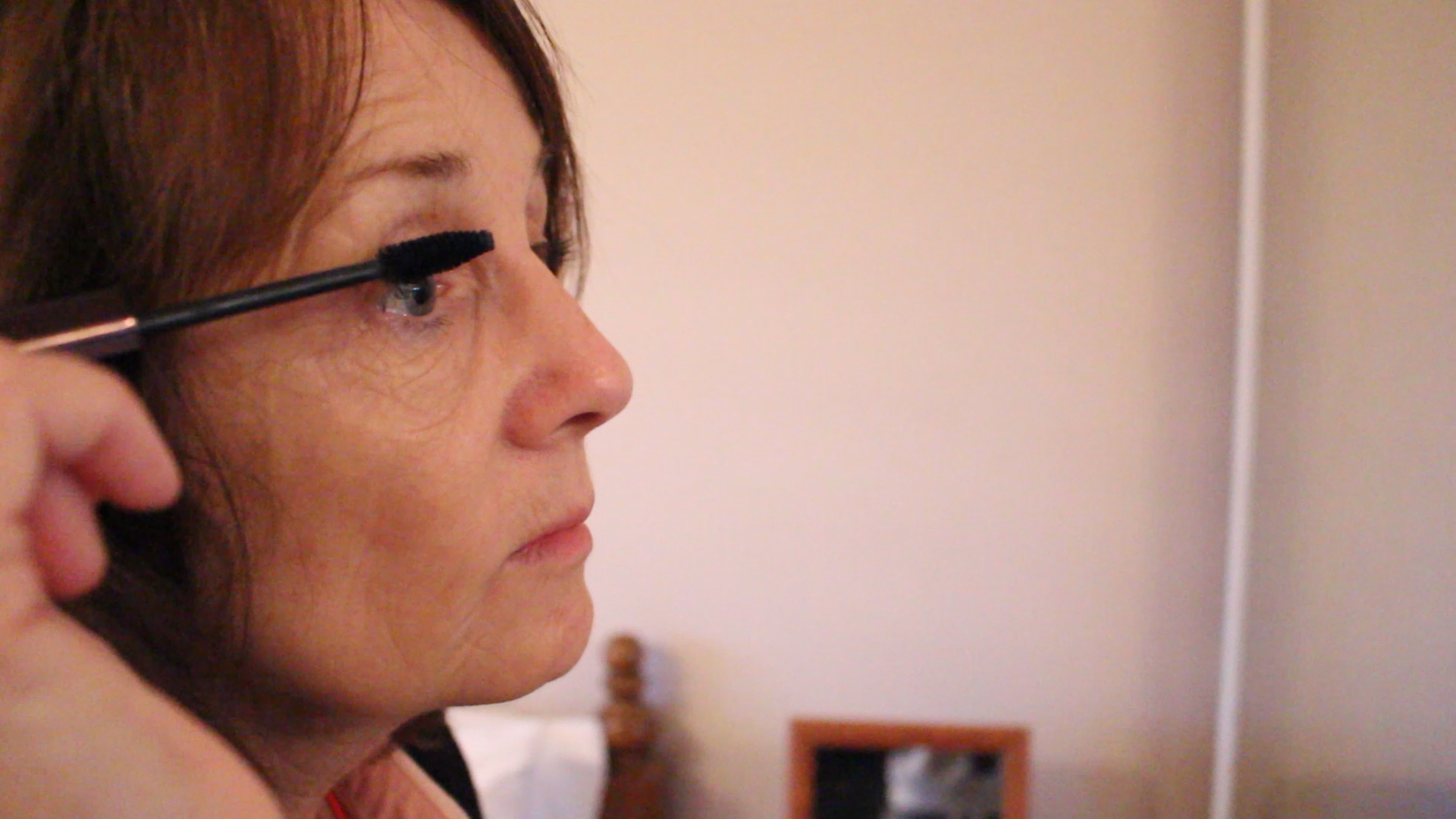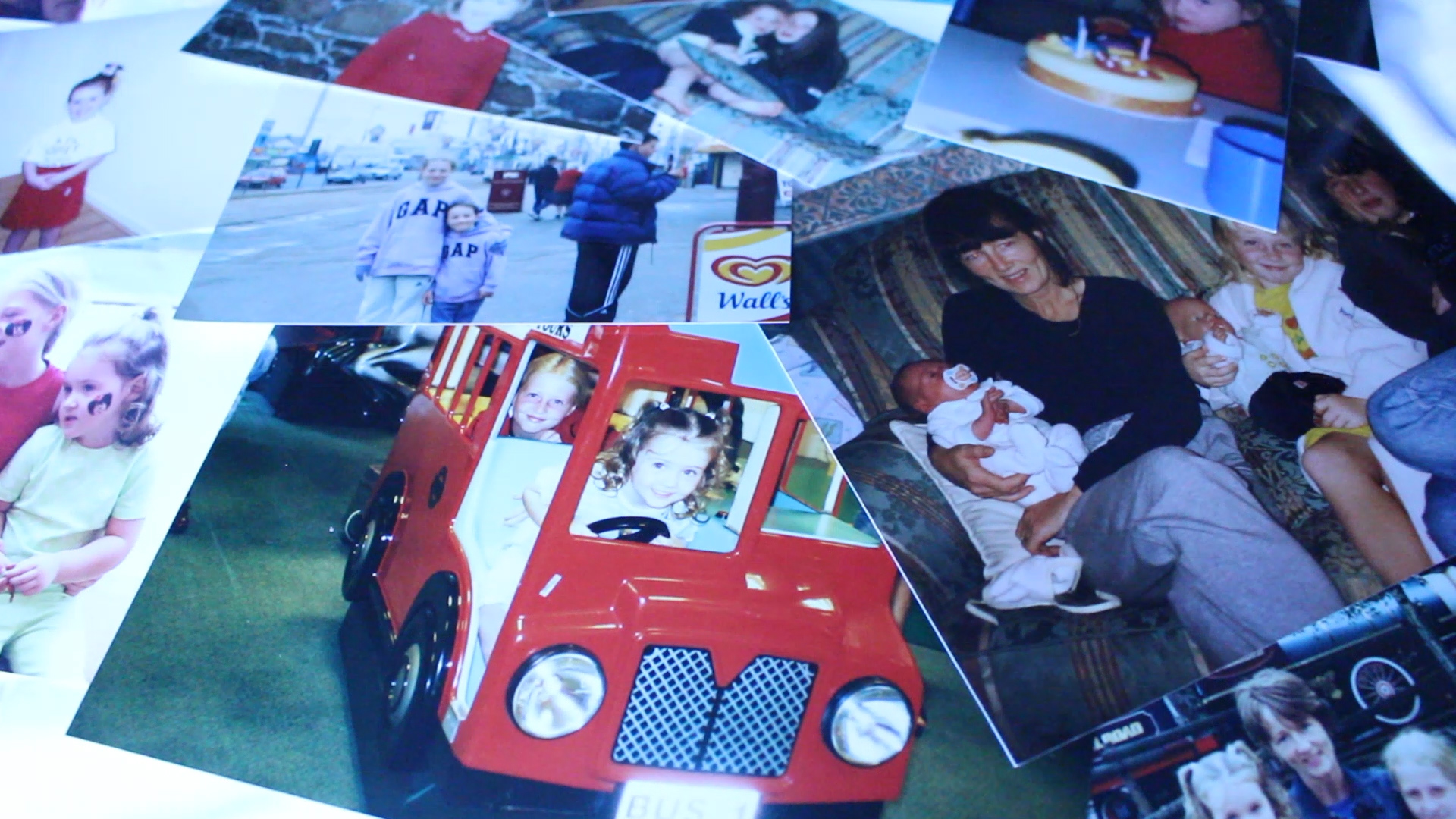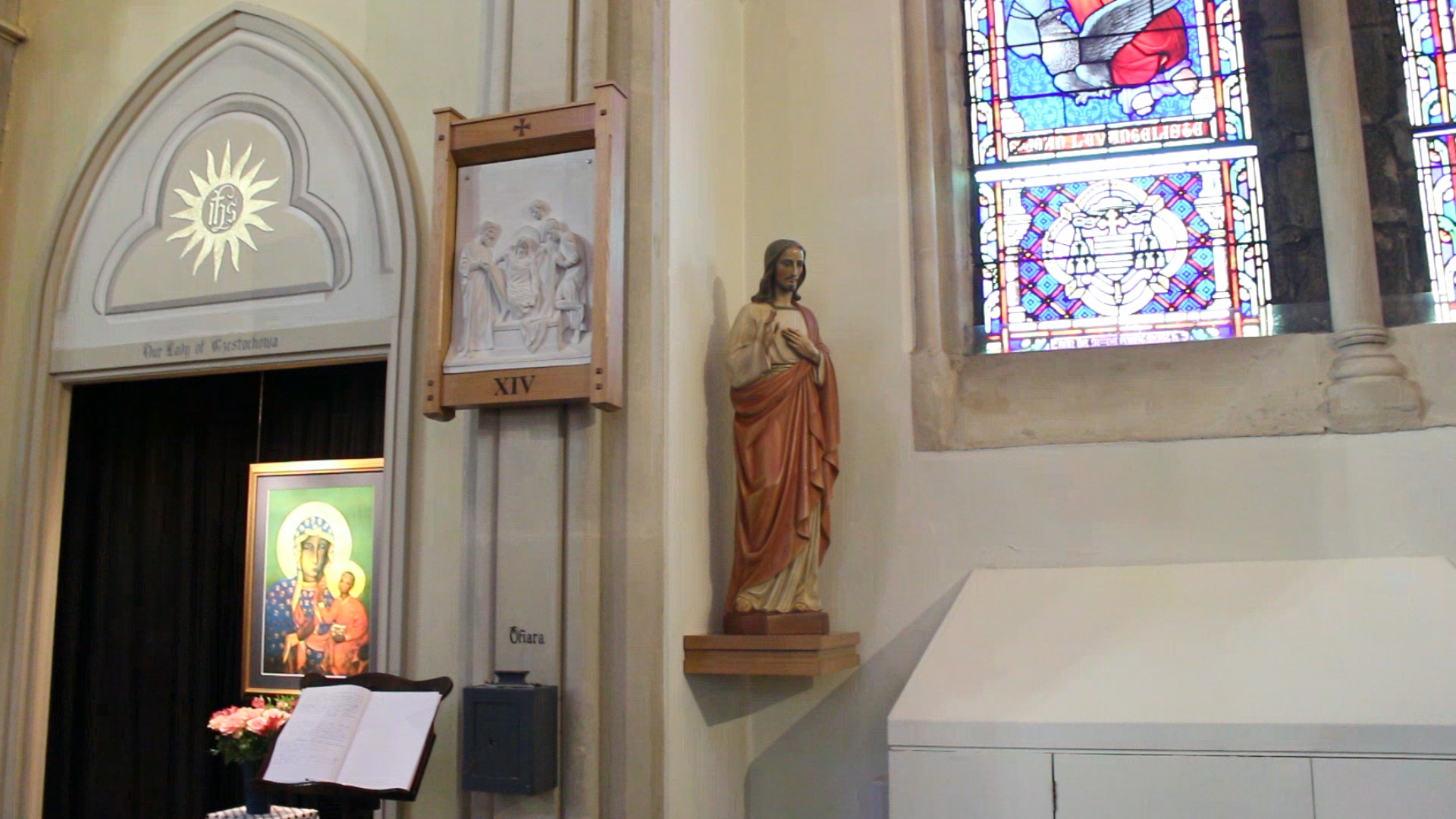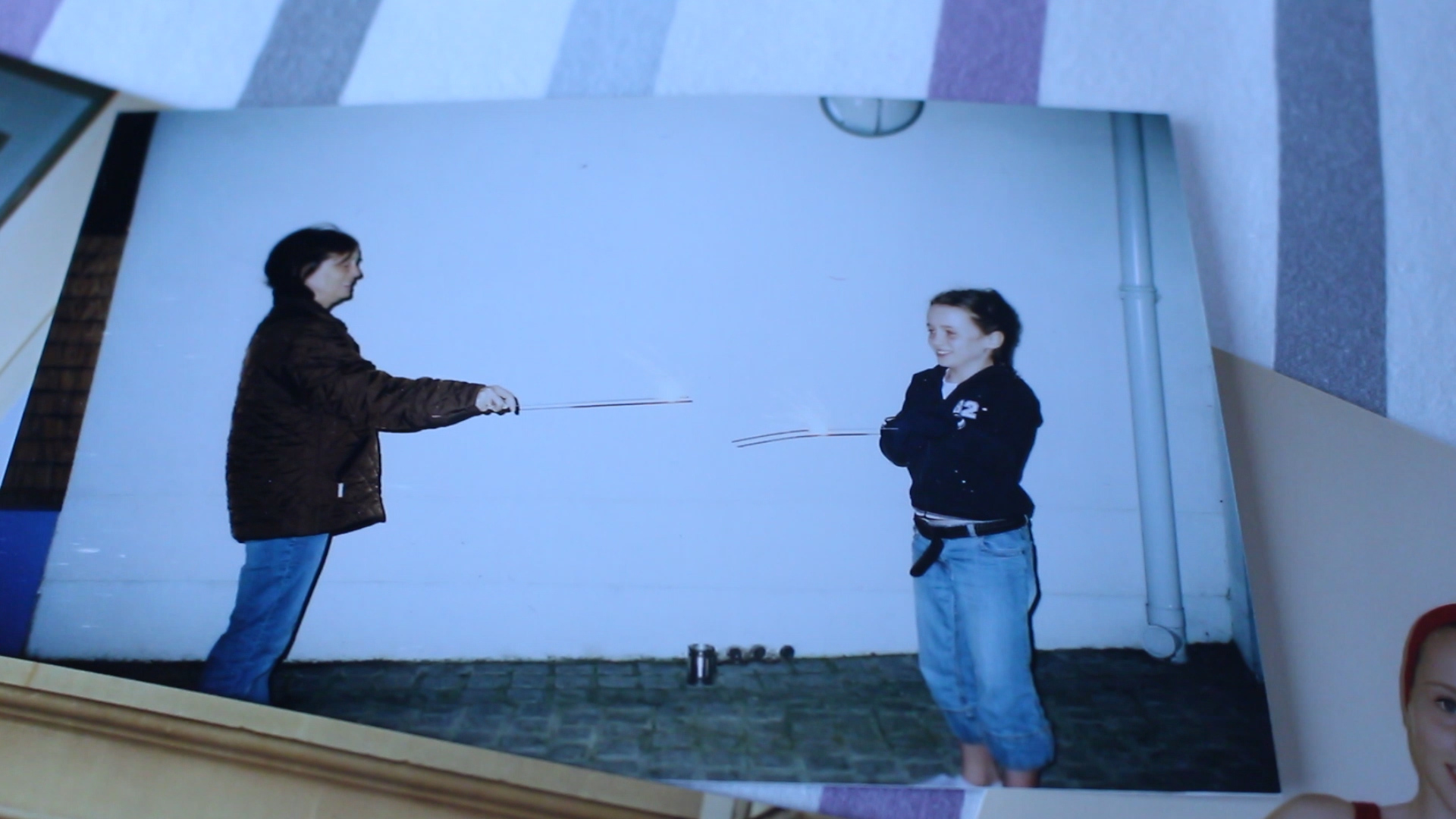Possible introduction for my photo book: ‘I refuse to be a shrinking violet. I will not allow old tradition to consume my freedom and make me succumb to the societal norms that are expected of me.’ I made this quote up myself and thought that it would be good to have at the front of my photo book as this is something that many women say they aren’t yet they seem to contradict themselves by taking on the role of homemaker and taking care of the house. I think that the images that I have created will add to the sarcasm of my work and really reflect how I feel about the traditional role of the woman.
This shoot came from a short film that I made of my mum and her role within the household. I really took on board what she had to say and found it very interesting, which inspired me to come up with the idea for this shoot. One of the main points of this shoot is sarcasm, in a sense it is a parody of my mother and how she is represented. I find that the role of the modern day woman is still very much focused on old traditions and leaves women in an in-between of full-time work and full-time chores at home. Instead of women staying at home and doing all of the cooking, cleaning and food shopping they are now going out and getting jobs yet the expectation still lies solely on the shoulders of women to do all the cooking, cleaning and food shopping. I find it ridiculous that even in a modern society we still have these unfair expectations, women aren’t slaves and shouldn’t be treated so within their own homes. This shoot embodies my mother in a more glamorised sense as many people try to say that doing all of the household chores isn’t that bad and I wanted to add in the expectation built up and constantly pushing down on women of having to be perfect and to look beautiful all of the time. This notion of beauty and being perfect for a man is bizarre and something that no woman should think she has to aspire to. This shoot really tells the story of all women and brings a visual understanding to the expectations and limitations women are faced with in our Western world.
The reason that I titled this shoot ‘Shrinking Violet’ is because when interviewing my mum she used this term and while reviewing the footage and listening to the audio over and over this is what really stood out to me. It made me think about how women seem to automatically become shrinking violets in their own home, many women just accept that their role is to be the homemaker and shy away from the possibility of creating a more equal living space simply because it wasn’t the way that they were brought up. I feel that this can partly be a generation thing but my mum has always been an important figure to me and she does all of the cooking, cleaning and food shopping yet I don’t want to be the same as her and I don’t want to live in the same way that she does. Somewhere down the line, that shrinking violet changes her mind and realises that she doesn’t need to be the one and shouldn’t be the one to do all of the chores and to be a housewife. Nowadays most women have jobs yet a lot of those women still think that it is ok to do 100% of the chores and the housework. I like the title Shrinking Violet purely because I liked it and it seemed to really fit with what I am doing.
I made images around my house of cleaning products and parts of the house that you usually wouldn’t focus on. I wanted to show the little details of what is around my house and the usually boring elements of cleaning etc. I want to add these images in colour into my book to add more detail to my work and to show the reality of what goes on in an average household. Along with this I will be adding black and white images that I am in as they are the staged images and parody the traditional role of the woman within our society. I chose to make these images black and white so that they would stand out more against the coloured images and I just find that with them being in black and white the spectator is more able to actually focus in on the message behind the images and what the subject is doing rather than looking around the image and being attracted to different colours, leaving my spectator distracted from what I actually want them to focus on.
How I made staged images
Instead of going back and forth to make photographs being both the director and the subject of the photos, I came up with the idea to just film myself. This was so much easier as I was able to just stand still in the footage and change the position of my body and the direction of my head and eyes. I then put that footage onto Adobe Premier Pro and took screenshots of my favourite images. I then took to Photoshop and edited them all individually. I prefer Photoshop to Lightroom and although it does take longer I’m just used to editing my photos there. After editing all of the images and making them black and white I opened them up in Lightroom and began making my photo book. This was challenging at first as I didn’t really know how to use Lightroom but eventually I got the hang of it and made my final photo book which I am happy with. I am also very happy with the images that I produced for this project and feel that they have been done well.
This is one of my favourite images in the whole series as it brings more detail to the spectator and really does remind me of a film still. I feel that this image is effective in black and white and adds to the mystery of the image. I took inspiration from Cindy Sherman’s Untitled Film Stills and how she presents herself within those images. She never really looks into the camera and always looks off into the distance in some sort of trance. I feel that my portray and version of this has worked well and really does portray my persona as a robotic traditional woman. I chose to compose my image at a bit of a lower angle and rested my camera on the worktop with a folded bag holding up the lens to the angle that I wanted it. I then recorded for a short while of me posing in similar ways to then take stills from to create images. This is my favourite still from this particular video. The facial expression of my persona looks very neutral and possibly unimpressed. As if I am unhappy doing what I am doing yet I still do it out of routine and tradition.
I wanted to explain this image more in depth. This particular image was inspired by some footage that I made of my mum while filming her for my short film. In the footage I found that my mum was always in awkward positions and always down on her knees to get every last bit of the house clean. I took that and wanted to make an image where my subject is stood in an awkward looking position. In this image I also wanted to try and represent how these women always seem to be juggling two different things at once. I also decided to look off into the distance as if it is systematic for me to be doing the chores and I don’t even need to concentrate to be able to do it. I really like this image and like that my persona is centred in the middle of the image with the two open doors either side of the subject. I wanted the doors to be open as I thought it would look better than it just being plain white in the background.
I wanted to make this image purely because it is different and not a usual photograph that you would expect to see. I wanted to have the subject in heels on one side with the other showing the oven and a tea towel in the shot to show how women are expected to be glamorous and to always be put together. I feel that women are faced with this expectation constantly and are always being put down and ridiculed if they aren’t constantly put together. This is one of my favourite images as it doesn’t show much of who is doing the chores but represents women that do. It allows my spectator to identify more with the persona and think of themselves in her shoes. I also like the light shadow that is at the top of my legs from my dress, it just makes the image more interesting. 
This particular image is heavily inspired by a shot that I got of my mum when making my short film for this project. I liked how it looked and wanted to recreate this with my persona. I find this image interesting, it almost looks strange too. It is odd to find a woman doing house chores in heels and a dress but that is the whole point of my shoot. I just really like this image and think that my spectators will like to look at it. I find that this shoot makes the mundane of doing house chores look a lot more exciting. I find that the position that the subject is in looks robotic and this is exactly what I wanted to portray.
Feeding the shrinking violet. I chose to have these flowers act as the shrinking violet because they are beautiful yet quite, obviously as they are flowers. I like this image as I chose to look away and make it seem as though I didn’t even know that I was feeding it which symbolises what many women seem to do. They allow themselves to take on the traditional role of the woman without ever challenging it or wanting to change the expectations placed on women. I like this image and the position of my persona as it looks as though I’m not even trying, again this is something that I feel women do. They just repeat the same old process and routine without even thinking about it, they become slaves in their own homes. I like the composition of this photograph and that it is a medium shot of my persona. I feel that the image is at the perfect size and angle to get the flower in as well as its plant pot as well as just enough detail of my persona to fit into the image too.
Image comparison | B&W vs colour

